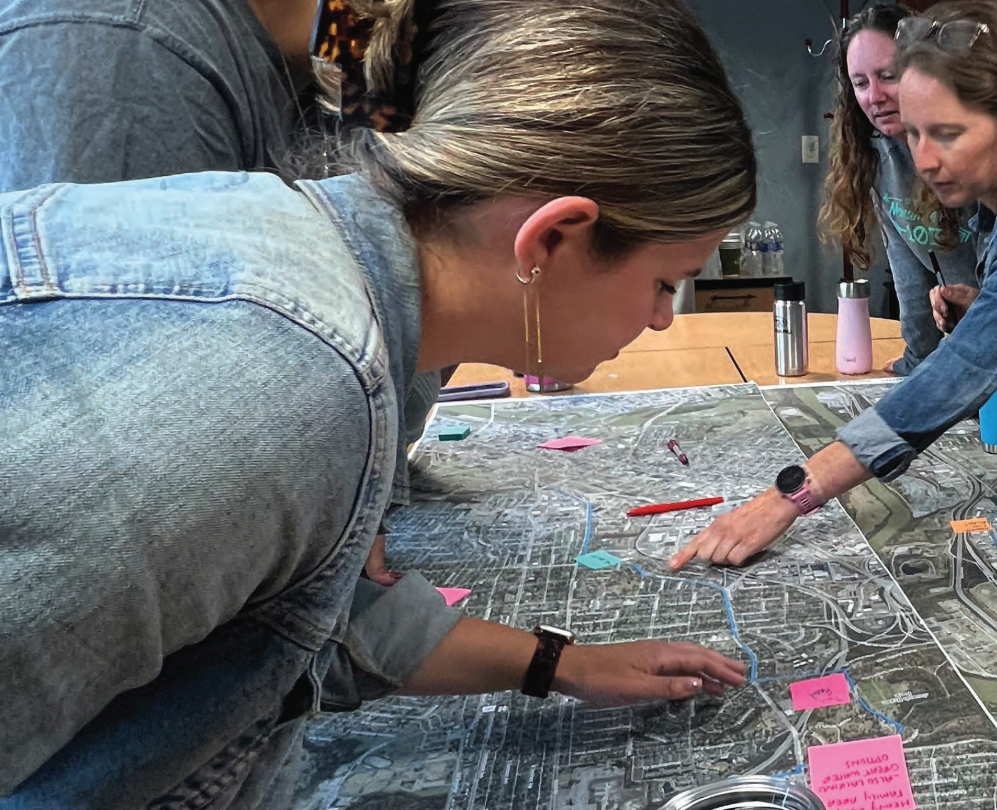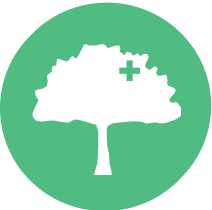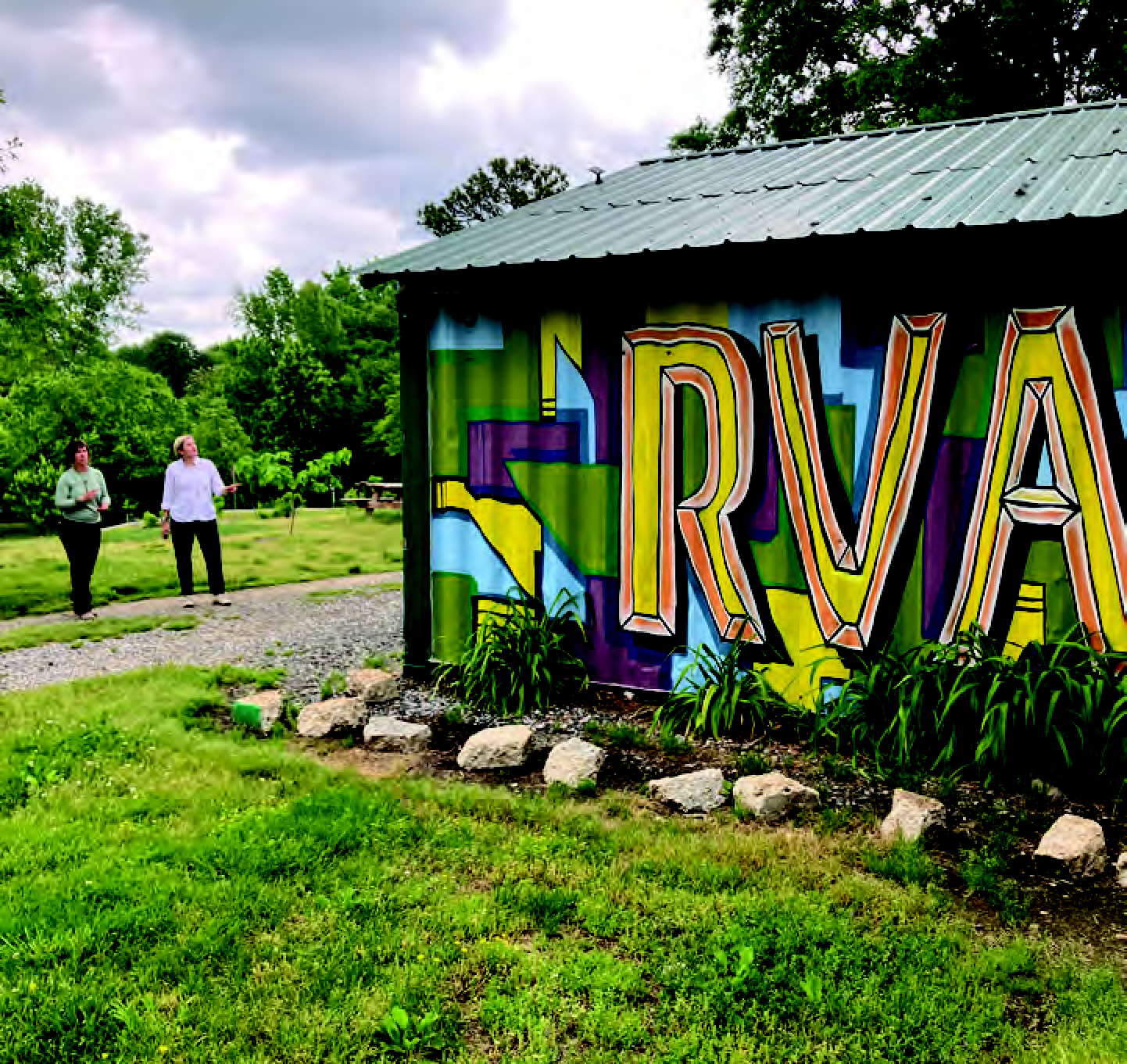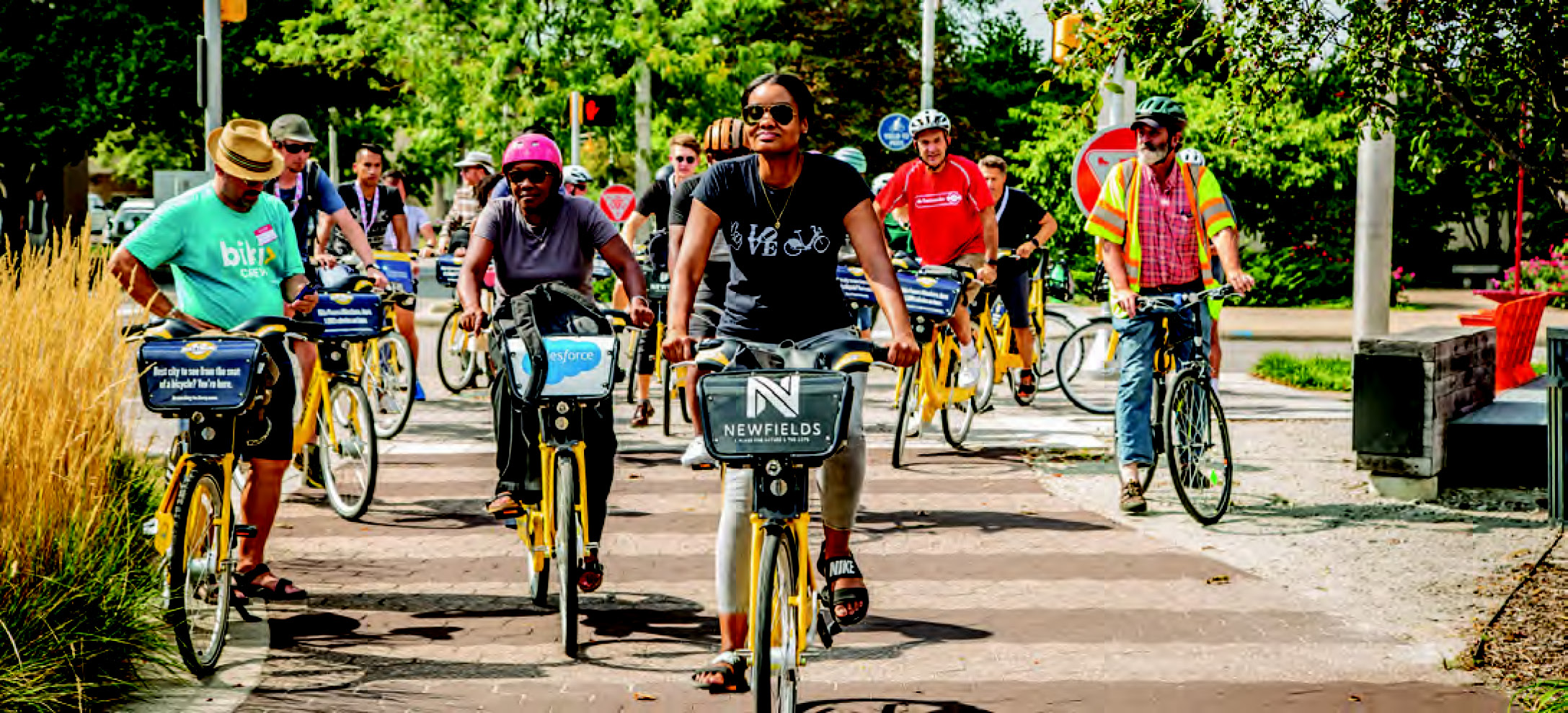
Potential to Transform the Region
The Fall Line has the potential to reshape the way people travel, play, and connect with their communities and each other. The trail will meet unmet demand for regional connections between communities and local infrastructure for active movement, and provide a wide range of public benefits – from health and safety to economic development and sustainability. The Fall Line has the same transformative potential as the Razorback Regional Greenway in Northwest Arkansas, the Atlanta Beltline, the Indianapolis Cultural Trail, and the Joe Louis Greenway in Detroit.

Trail Benefits
Trails have been proven to provide a wide variety of benefits to individuals, communities, and ecological systems. As a regional trail that runs through a diverse array of contexts and communities, the Fall Line trail will have far- reaching effects on the surrounding area.

Physical Health
Trails provide opportunities for different kinds of movement and recreation and have been shown to increase physical activity in communities who build them. Walking, running, biking, or wheeling have been shown to improve health and reduce risk factors for numerous chronic health conditions.

Mental Health
Time spent outdoors in a natural environment reduces stress, soothes anxiety, and improves attention and concentration. Trails like the Fall Line promote no-cost pro-social connections that extend these benefits to all individuals in the community.

Safety
Trails are the safest and most accessible infrastructure for biking, walking, and rolling. Unlike bike lanes and shared streets, multi-use trails invite even the most trepidatious to give active transportation a try. As the Richmond region grapples with historic increases in vulnerable road user fatalities also seen across Virginia and the nation, trails like the Fall Line provide an incomparable level of safety and confidence.

Open Space & Habitat Conversation
Trails create green space in dense urban environments that need protection from the sun, improve stormwater absorption, and conserve natural areas for continual future use. Built right, they support local ecosystems by maintaining wildlife habitat, combating urban heat, and supporting biodiversity and ecological health.

Economic Development
Trails are powerful economic development engines. Improved quality of life creates high demand for trail-oriented development that increases property values for homeowners and entices customers for local retail and restaurants. But the biggest impact is seen in creating a destination for active and sports tourism, talent attraction for regional employers, and mitigated healthcare costs associated with active lifestyles.

Connectivity
Access to amenities, varied commuting routes, and ease of movement are all benefits of an interconnected transportation network. Trails fill an important niche in this fabric, creating connections that do not require the street network. An intentional and carefully planned trail can fill gaps and create a more robust and equitable transportation system.

Call for Volunteers
Advocacy for trails is dependent on volunteers. Sign up to help!
